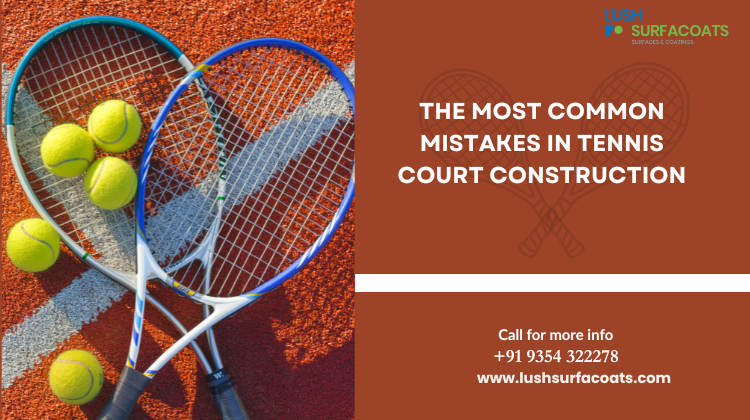
Choosing the Right Skating Track Flooring Material
- 2024-05-03
- Posted by: Admin
Skating tracks are vibrant spaces that invite enthusiasts of all ages to glide and maneuver freely. The essence of a perfect skating experience lies in the flooring material, which not only impacts performance but also safety and durability. When considering the best skating track flooring, several factors come into play, ranging from the type of skating activity to environmental conditions. Let's explore the key aspects to help you make an informed decision for your skating track.
Skating Track Flooring Types
Wooden Flooring: Traditional wooden flooring offers a classic feel and is well-suited for indoor skating tracks. It provides a smooth surface for skaters and allows for easy maintenance and repairs.
Concrete Flooring: Concrete is a durable choice for outdoor skating tracks. It can withstand varying weather conditions and heavy usage. However, concrete surfaces may require additional coatings or treatments for enhanced performance.
Polyurethane Flooring: This synthetic flooring material is popular for its resilience and shock absorption properties. Polyurethane surfaces are often used in professional skating arenas due to their consistent performance and low maintenance requirements.
Rubber Flooring: Rubber flooring is ideal for both indoor and outdoor skating tracks. It offers excellent traction and impact resistance, reducing the risk of slips and falls. Moreover, rubber surfaces are relatively easy to install and maintain.
Performance Considerations
Grip and Traction: The flooring material should provide adequate grip and traction to support various skating maneuvers while ensuring skater safety.
Durability: A durable flooring material can withstand frequent use, heavy foot traffic, and potential impacts from skates or equipment.
Shock Absorption: Skating tracks with good shock absorption properties reduce strain on skaters' joints and enhance comfort during extended sessions.
Environmental Factors
Indoor vs. Outdoor: Consider the location of your skating track. Indoor tracks may require different flooring materials compared to outdoor tracks due to factors like moisture, temperature fluctuations, and exposure to sunlight.
Climate Considerations: In regions with extreme climates, such as high humidity or temperature variations, choose a flooring material that can withstand these conditions without compromising performance or safety.
Maintenance and Cost
Ease of Maintenance: Evaluate the maintenance requirements of each flooring option. Some materials may need regular sealing, cleaning, or repairs to maintain optimal performance and aesthetics.
Cost Analysis: Balance your budget considerations with the long-term benefits of investing in high-quality skating track flooring. Factor in installation costs, maintenance expenses, and expected lifespan when comparing different materials.
In conclusion, selecting the best skating track flooring involves a comprehensive assessment of performance, durability, environmental suitability, and maintenance considerations. Consulting with flooring experts and considering the specific needs of your skating track can guide you towards choosing the right material for an enjoyable and safe skating experience.
For premium skating track flooring solutions and expert advice, explore the range of options available at Lush Surfacoats. Our quality flooring materials are designed to enhance performance, durability, and aesthetics, ensuring a smooth and thrilling skating experience for enthusiasts of all levels.




.jpg)
.jpg)
Comments 0